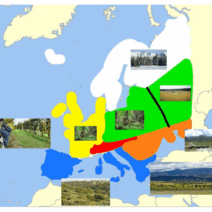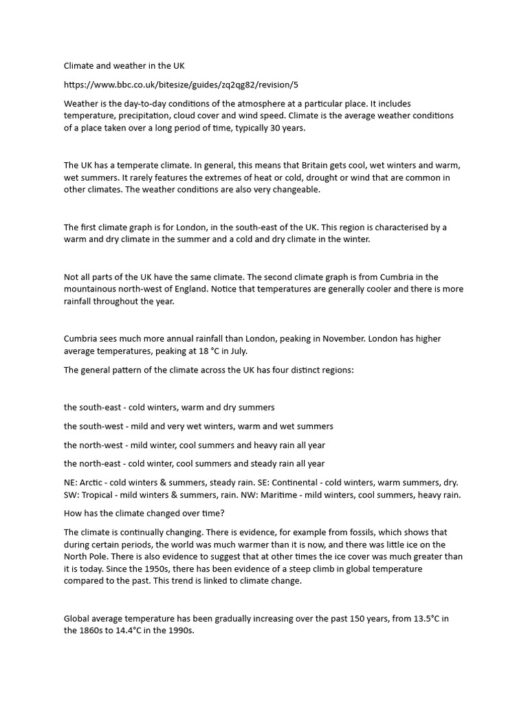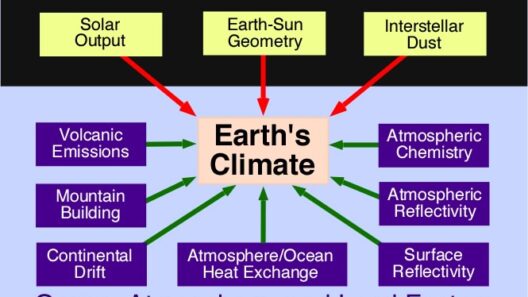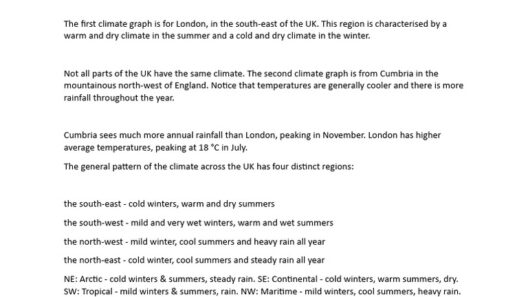Michigan, often referred to as the Great Lakes State, experiences a unique climate heavily influenced by its proximity to the Great Lakes. Comprising four distinct seasons, Michigan’s climate is characterized by variability, ranging from frigid winters to warm, humid summers. Understanding how the Great Lakes shape this climatic phenomenon is essential for comprehending the weather patterns prevalent in this region.
The state is bordered by four of the five Great Lakes—Lake Superior, Lake Michigan, Lake Huron, and Lake Erie—creating a distinct microclimate that demonstrates both maritime and continental characteristics. These lakes collectively possess a significant thermal mass, which moderates the temperature of the surrounding areas, resulting in a localized climatic influence that can differ significantly from other regions in the United States.
During the winter months, the Great Lakes impact Michigan’s weather through a process known as “lake-effect snow.” This phenomenon occurs when cold air moves over the relatively warmer waters of the lakes. The air picks up moisture, which subsequently precipitates as snow when it reaches the colder land. This can result in substantial snowfall in regions downwind of the lakes, particularly affecting the western parts of the state where the snowfall can exceed that in many other states.
Spring brings a transitional change in weather patterns, characterized by increased temperatures and precipitation. The melting snow from the previous winter, infused with moisture from the lakes, contributes to higher humidity levels and can lead to substantial rainfall, fostering the growth of the lush, verdant landscapes Michigan is known for. The lakes help to temper the spring warming, often delaying the onset of warmer temperatures until later in the season, which can be beneficial for various crops as it mitigates the risk of late frost.
As summer descends upon Michigan, the state experiences a significant surge in temperature. The Great Lakes continue to exert their influence by providing moisture, leading to humid conditions that can result in thunderstorms. These summer storms are often intense and can bring about heavy rainfall, particularly in late summer when the lakes have absorbed the sun’s heat over the preceding months. Additionally, the breezes generated by the lakes provide a natural cooling effect, making the coastal areas more temperate compared to the inland regions.
Summer is not without its extremes, however, as heatwaves occasionally plague the state, particularly in July and early August. Nevertheless, the effects of lake breezes often mitigate these episodes by bringing cooler air from the lakes, enhancing summertime comfort for residents and visitors alike.
As autumn approaches, the transition from the sultry heat of summer to the crispness of fall is marked by varying hues of orange, red, and gold as the foliage changes. The waters of the Great Lakes, still warm from the summer sun, help to retain warmth in the region, often delaying the onset of cooler temperatures. This period showcases a quintessential feature of Michigan’s climate—the moderate and enchanting late autumn, where conditions fall short of the harsh winters yet hint at their impending arrival. Lakes continue to play a vital role in regulating temperatures and contribute to the stunning scenery ideal for seasonal festivities.
The onset of winter brings a significant change, as temperatures plummet and residents prepare for months of cold weather. With average lows in January dipping into the teens and frequently below zero, the cold is often accompanied by snow—specifically lake-effect snow, which mentioned earlier, leads to higher snow totals in parts of Michigan than in many other states. The continuous interaction between the frigid air masses and the warmer lake waters produces the quintessential winter wonderland that Michigan has become known for.
Climate change is an overarching concern for Michigan, affecting precipitation patterns, temperature averages, and the frequency of extreme weather events. The Great Lakes are vital to understanding these changes, as rising temperatures may alter their thermal characteristics, subsequently influencing weather patterns that communities have relied upon for generations. Understanding the delicate balance of the lakes and their climatic impact is crucial for policymakers and environmental advocates alike.
The lakes play a crucial role in ecological stability, providing habitat for various species and facilitating agriculture in the surrounding areas. Changes in precipitation patterns could influence crop production significantly, leading to economic implications for farmers reliant on consistent weather patterns. Adverse weather conditions also pose a challenge for local ecosystems, impacting native species and their habitats.
In conclusion, the climate of Michigan, intricately intertwined with the influence of the Great Lakes, provides a fascinating study in meteorological diversity. From the lake-effect snow of winter to the refreshing breezes of summer, the lakes substantially shape the weather patterns and overall climate experienced throughout the state. Reflecting on Michigan’s climatic intricacies can help emphasize the importance of environmental stewardship, ensuring that future generations may continue to enjoy the rich, vibrant climate that defines the Great Lakes State.






